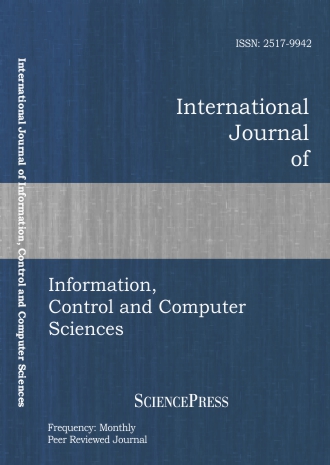
Scholarly
Volume:2, Issue: 8, 2008 Page No: 2845 - 2848
International Journal of Information, Control and Computer Sciences
ISSN: 2517-9942
Data Embedding Based on Better Use of Bits in Image Pixels
In this study, a novel approach of image embedding is introduced. The proposed method consists of three main steps. First, the edge of the image is detected using Sobel mask filters. Second, the least significant bit LSB of each pixel is used. Finally, a gray level connectivity is applied using a fuzzy approach and the ASCII code is used for information hiding. The prior bit of the LSB represents the edged image after gray level connectivity, and the remaining six bits represent the original image with very little difference in contrast. The proposed method embeds three images in one image and includes, as a special case of data embedding, information hiding, identifying and authenticating text embedded within the digital images. Image embedding method is considered to be one of the good compression methods, in terms of reserving memory space. Moreover, information hiding within digital image can be used for security information transfer. The creation and extraction of three embedded images, and hiding text information is discussed and illustrated, in the following sections.